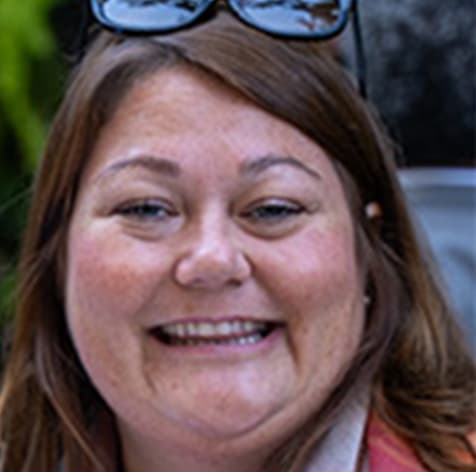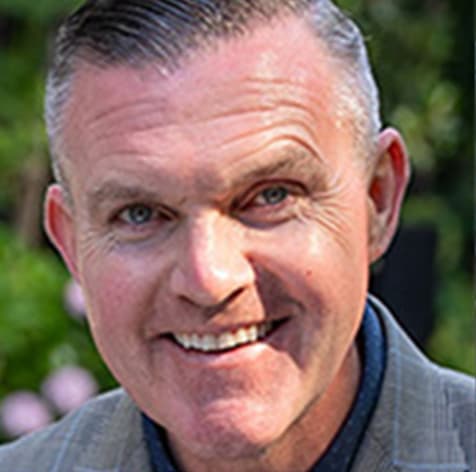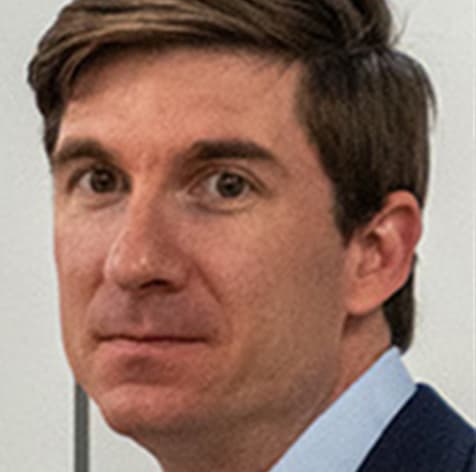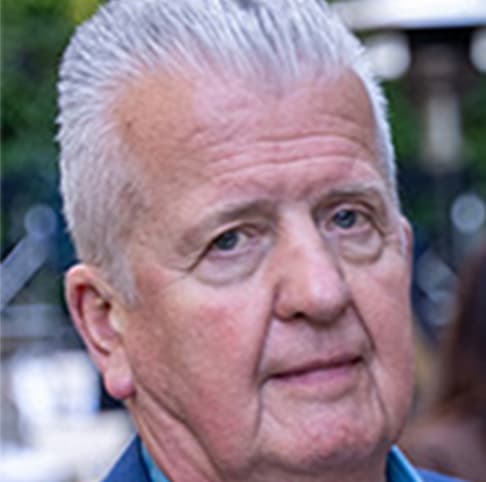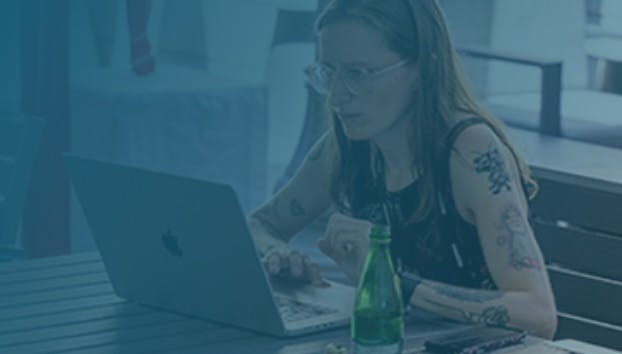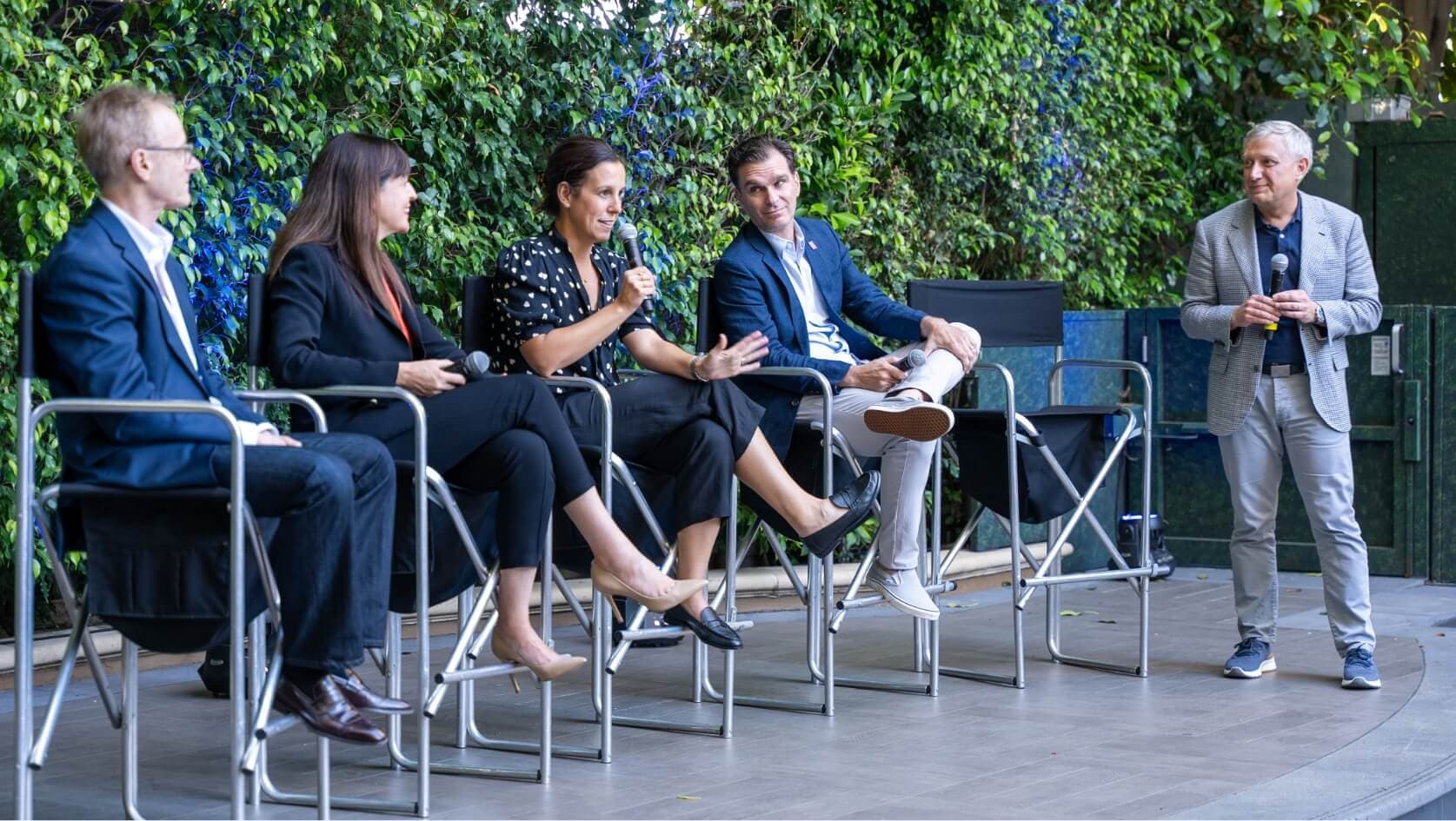Design Thinking for HR Workshop
The Design Thinking for HR Workshop draws on these principles to create a practical framework HR professionals can apply to solve complex problems. Through this course’s hands-on approach, you’ll develop a core set of design thinking abilities that will change how you address complex problems in the future.

Course Snapshot
Course Snapshot
Course Overview
We are in a moment of rapidly accelerating complexity, from a massive global public health crisis to the deeply complicated problem of systemic inequality. As HR professionals, we often find ourselves right in the middle of these crises. And we need tools that can help us effectively untangle big problems and discover impactful solutions.
The world of design offers ample inspiration for doing just that. “Design thinking” can unlock creativity and allow us to tap into ideas or solutions we might not otherwise access. While the framework can sometimes appear prescriptive, when we extract its mindsets, techniques, and tools from their narrower design application, this approach to thinking can help anyone solve problems in revolutionary ways.
A look inside the platform
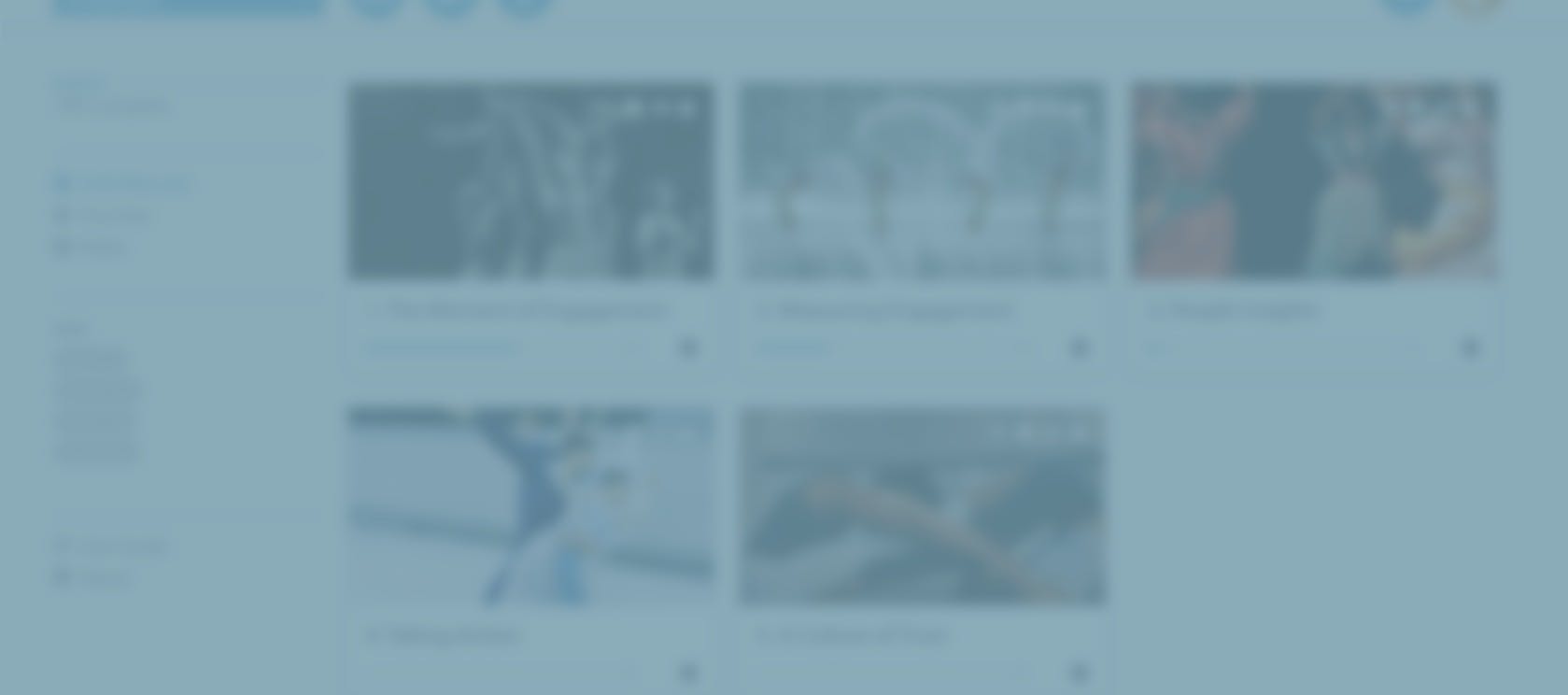
Explore platform features first hand.
Field Manuals
The Design Thinking for HR Workshop is made up of six Field Manuals (our version of an online module). Each one contains a variety of types of content and social exercises culminating in a mini-project, reflection, or debate. Each Field Manual will take you between 30-45 minutes to complete but you can jump on and off at your own pace, as often as you’d like. The deeper learning happens in the discussions with your fellow learners, so be sure to check in on the conversations regularly.
Field Manual Overview:
30-45 minutes to complete
Bite-sized, easy to read modules for an efficient learning experience.
Self paced
You can jump on and off at your own pace, as often as you'd like.
Engaging learning modules
Each field manual contains different types of content and social exercises, all culminating in a mini-project, reflection, or debate.
Design in Context
Undo your habitual approach to problem-solving and explore how to apply design thinking to solve complex problems by viewing them within their broader context.
Framing the Problem
Reimagine a problem to discover more innovative answers and delve into the ways the solutions we consider are influenced by the way we frame our questions.
Observing Reality
Enhance your problem-solving by gathering real-world data with good interviewing techniques, an ethnographic mindset, and an approach to research that’s rooted in empathy.
Sparking Imagination
Create the conditions for great ideas to flourish, including understanding when your team must balance visionary ideas with realistic constraints.
Testing Ideas
Test ideas in their real-world context, carefully measuring what works for our people and our organizations, and gradually perfecting our thinking.
Making Decisions
Apply an iterative problem-solving process by analyzing the factors that wrap around your choices and using them to move closer and closer to a truly impactful solution.
Field Manual Overview:
30-45 minutes to complete
Bite-sized, easy to read modules for an efficient learning experience.
Self paced
You can jump on and off at your own pace, as often as you'd like.
Engaging learning modules
Each field manual contains different types of content and social exercises, all culminating in a mini-project, reflection, or debate.
Start your skill development journey.
Featured Voices




Enroll in Design Thinking for HR Workshop.
+ other results driven courses
Professional
Enterprise
All Courses Feature:
Skill-building, cohort-based learning.
You work collaboratively, so why should your professional development happen in isolation? Advance through time-bound programs and self-guided content with peers from around the world.
Access to the largest global community of HR professionals.
Academy members come from over 130 countries and represent more than 500 organizations across dozens of industries.
Certificates focused on real-world strategies.
Earn SHRM and HRCI recertification credits with more than 25 robust courses led by top industry leaders.
Learning content designed with you in mind.
Leading experts share insight into core topics and high-visibility trends through thousands of easily accessible microlearning assets and resources.
Real-world courses create
real-world results.
